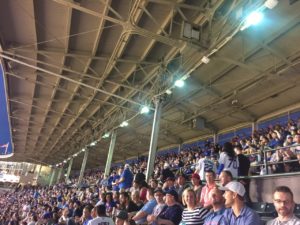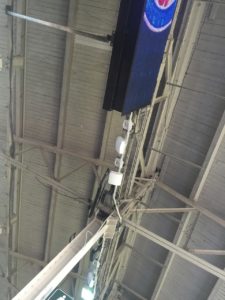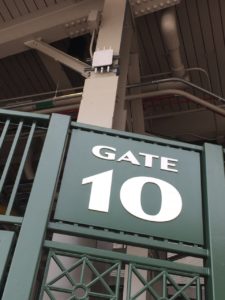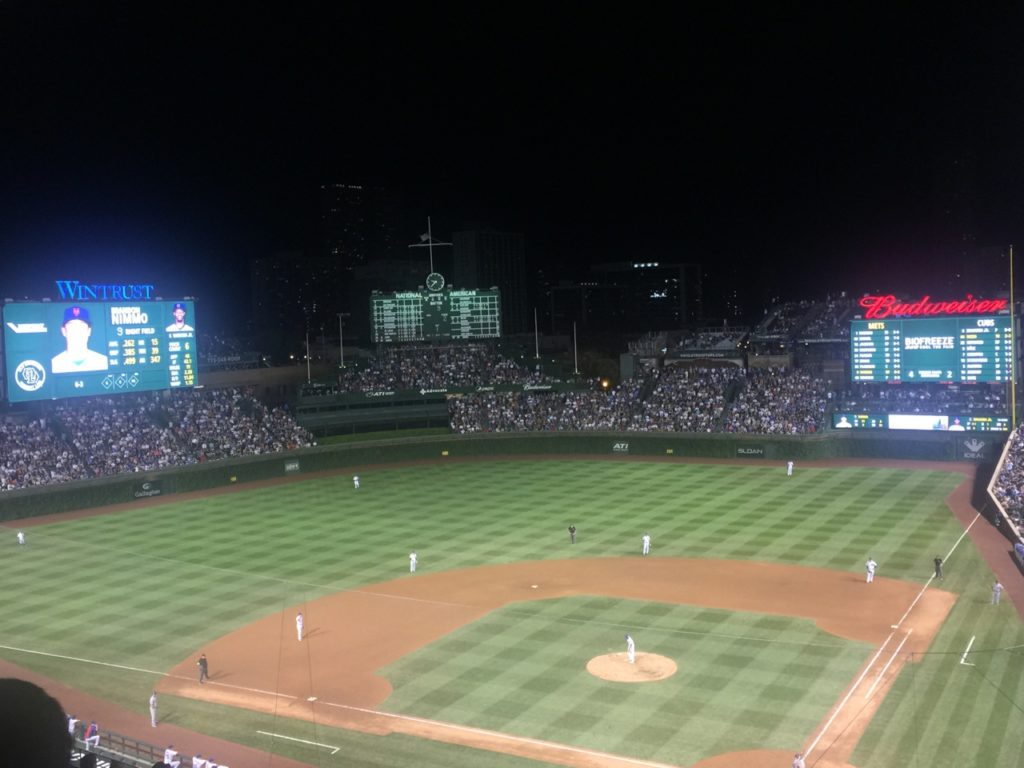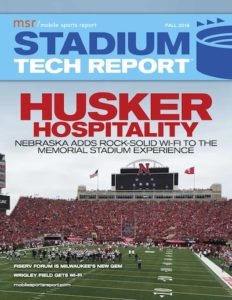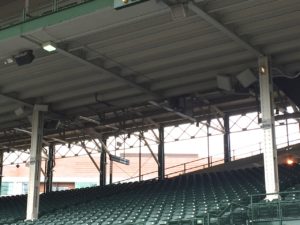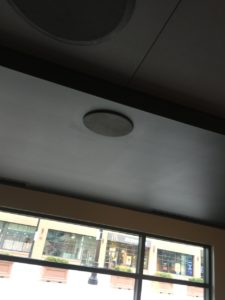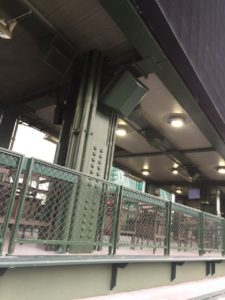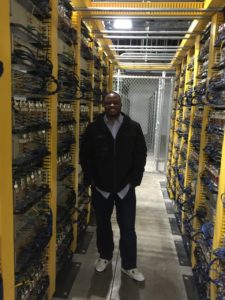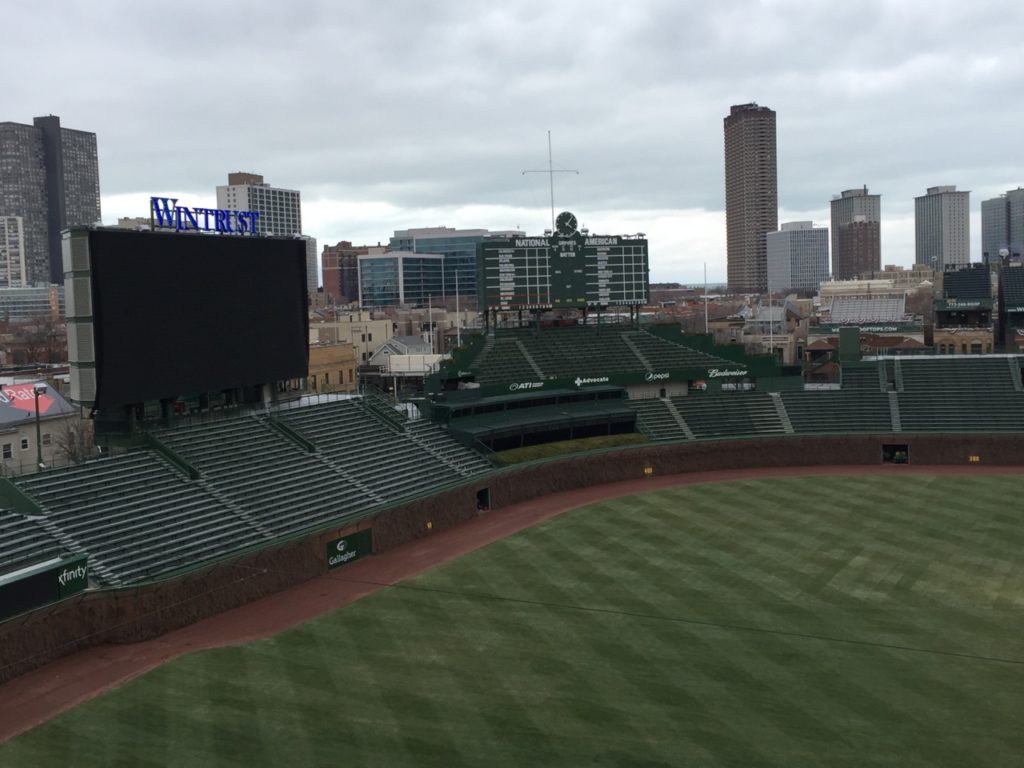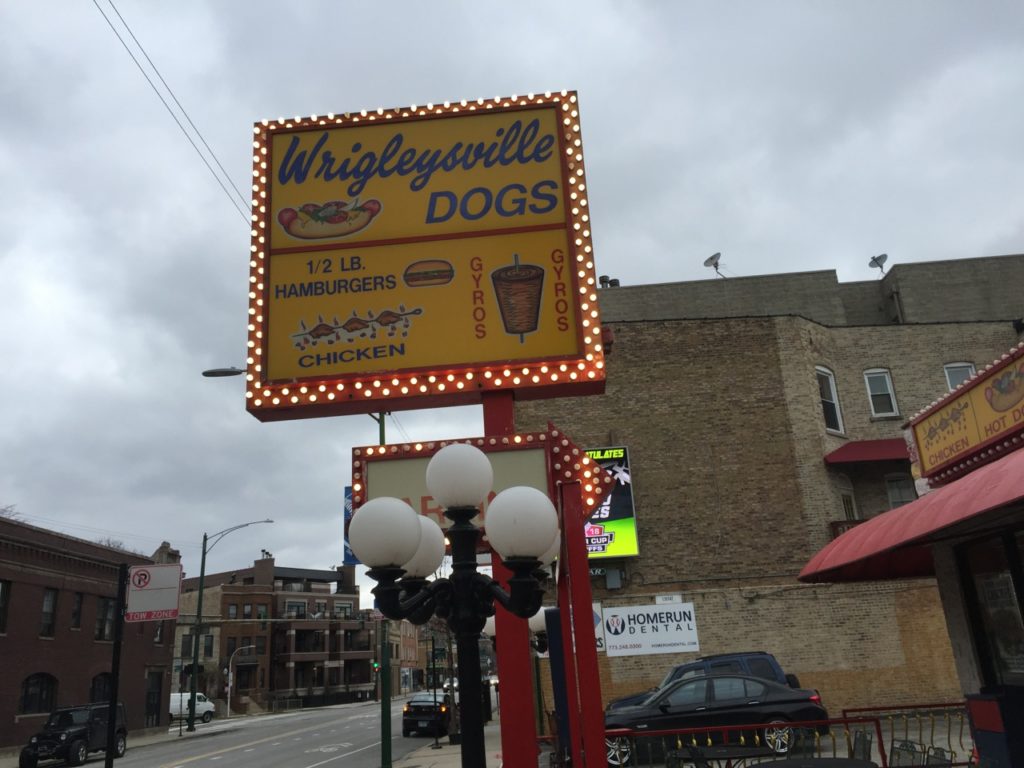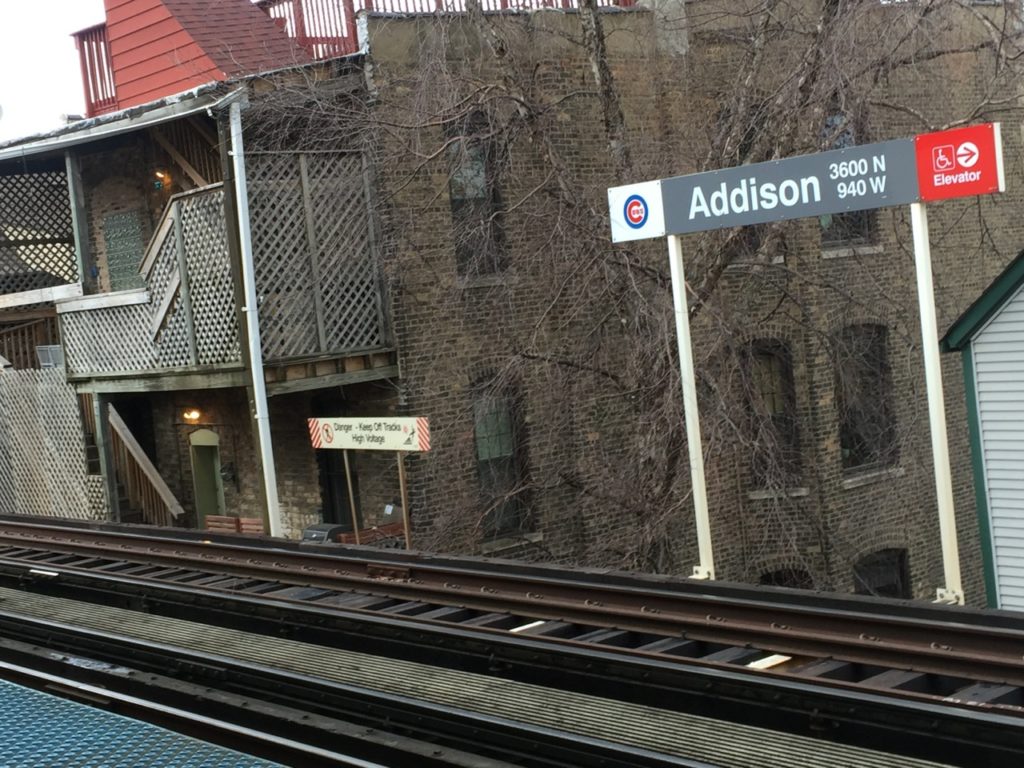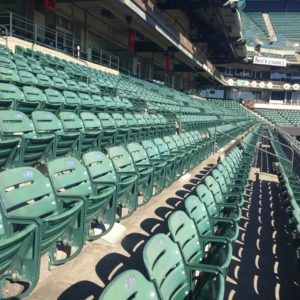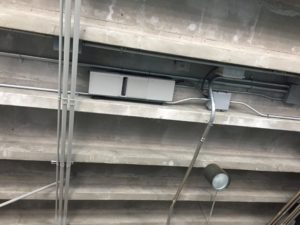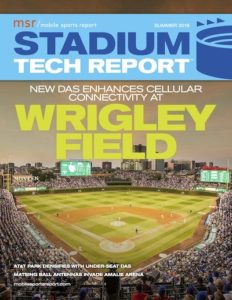Mobile Sports Report is pleased to announce the second issue of our new VENUE DISPLAY REPORT, with in-depth profiles of display technology at the Final Four, a huge new video board for the San Francisco Giants at Oracle Park, and the innovative directory displays at the Mall of America. No need to sign up or register — just click on the image below and start reading the issue today!
A new vertical-specific offering of MSR’s existing STADIUM TECH REPORT series, the VENUE DISPLAY REPORT series will focus on telling the stories of successful venue display technology deployments and the business opportunities these deployments enable. Like its sibling Stadium Tech Report series, the Venue Display Report series will offer valuable information about cutting-edge deployments that venue owners and operators can use to inform their own plans for advanced digital-display strategies.
Our reporting and analysis will be similar to that found in our popular STR series, with stadium and venue visits to see the display technology in action, and interviews and analysis with thought leaders to help readers better inform their upcoming technology purchasing decisions. And in case you are new to the MSR world, rest assured that all our VDR reports will be editorially objective, done in the old-school way of real reporting. We do not accept paid content and do not pick profiles based on any sponsorship or advertising arrangements.
This second issue is packed with real-world information, including how U.S. Bank Stadium uses the Cisco Vision IPTV display management system to help run the 2,000-plus digital displays inside and around the venue. We also take a good look at the huge new video board installed for this season at Oracle Park in San Francisco, and also bring you an in-person profile of the innovative directory display system at the Mall of America.
Start reading the second issue now! No download or registration necessary. You can also go back and view our inaugural VDR issue for more great information!
As venues seek to improve fan engagement and increase sponsor activation, display technology offers powerful new ways to improve the in-stadium fan experience. While these topics are of prime interest to many of our long-term audience of stadium tech professionals, we suggest that you share the link with colleagues on the marketing and advertising sales side of the house, as they will likely find great interest in the ROI enabled by strategic display system deployments.
Sponsorship spots are currently available for future VDR series reports; please contact Paul at kaps at mobilesportsreport.com for media kit information.
